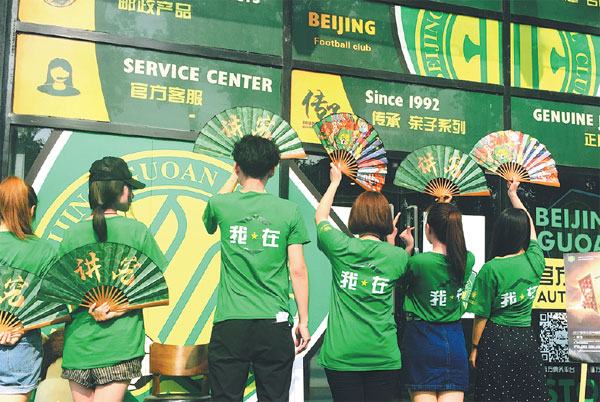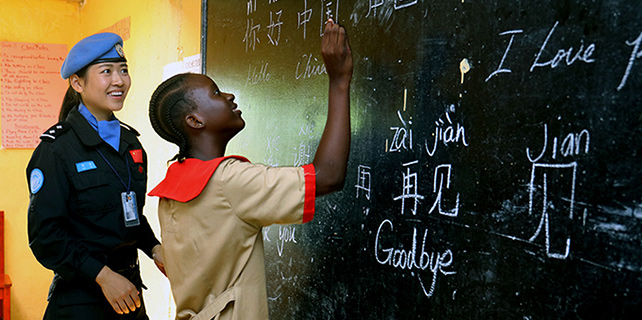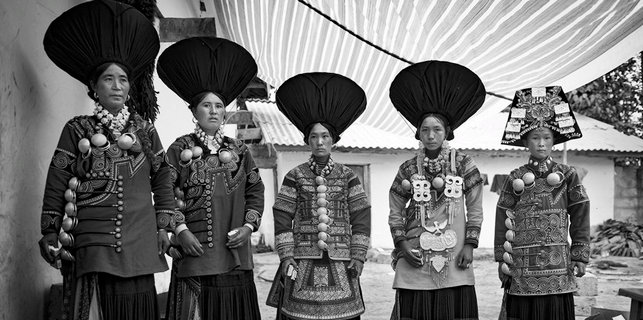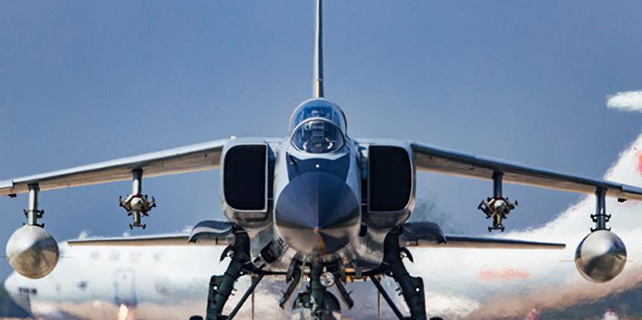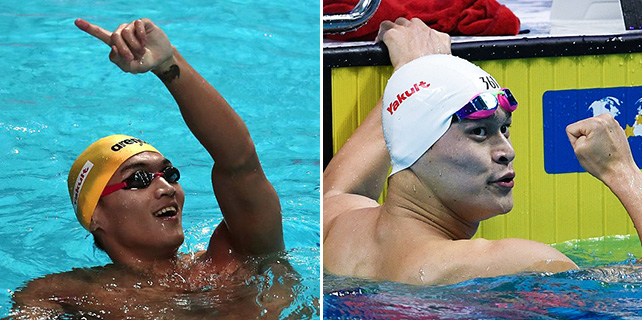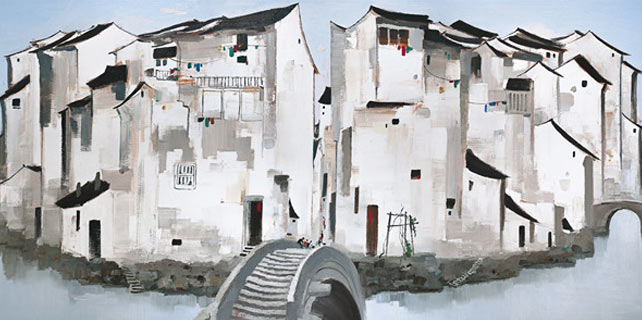Cashing in on fan culture
Sport may be enjoying an unprecedented boom in China, but the country's growing fan bases still represent an untapped gold mine for clubs, cities and regions, according to industry insiders.
"Fan culture and merchandise development could be a major source of income for the sports industry," Eric Gao, CEO of iRENA, China's leading sports industry platform company, said at the recent Fan Culture and Merchandise Development Forum in Beijing.
"We're not just talking about cultural icons, but business potentials in general. Fan culture around sports can be cities' calling cards."
Founded in 2001, iRENA Group specializes in fan culture and merchandise, developing logos and mascots for many teams.
|
Fans of Beijing Guo'an are decked out in the club's colors at the recent Fan Culture and Merchandise Development Forum. Provided to China Daily |
It is also a long-term partner of major teams in China, including the national soccer and volleyball sides, and basketball's visiting NBA International Series. Gao reckons NBA China could earn millions of dollars by developing licensed merchandise.
The global licensed sports merchandise market will be worth $48 billion by 2024, almost double its value from 2015, according to forecasting firm Transparency Market Research.
The United States and Canada account for over half the market's revenues thanks to the popularity of Major League Baseball, the National Football League, the National Basketball Association and the National Hockey League, which continue to expand their fan bases.
However, in Asia-Pacific countries such as China the numbers are comparatively small, with iRENA seeing massive potential in soccer clubs like Beijing Guo'an.
"We are actually developing super intellectual properties," said Elsie ViVi, deputy general manager of iRENA's North China Operation Division.
"The consumers are changing. We used to focus on brand-building, but now what we have to do is to develop intellectual properties. The difference is that we have to create sustainable content for the future."
In layman's terms, that means telling and selling better stories.
"It is important to tell stories to humanize the merchandises," said ViVi.
"Take Beijing Guo'an's lion mascot as an example. We redesigned the lion into a more humanized cartoon character to attract young people and children.
"After the team suffered a devastating defeat one day, the fans were irritated. So, we made the lion into a sad fan who refuses to abandon the team and posted the pictures on social media in order to ask for more support from fans. It worked."
Respected sports journalist Yuan Ye agrees the strategy is clever.
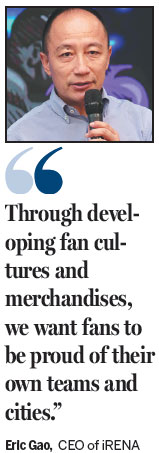
"The keys to developing merchandise are following the trending topics, adding emotional elements and telling touching stories," he said.
Added Gao: "We want to create a sense of belonging for fans.
"Through developing fan cultures and merchandise, we want fans to be proud of their own teams and cities."
On the lookout for a logo
After years of stagnation, volleyball is sprucing up its image and wants your help.
A competition has been opened to the public to find a new logo and mascot for the China Volleyball League.
The designer of the best logo will pocket a 50,000-yuan ($7,400) prize, while 30,000 yuan ($4,400) is on offer for the mascot winner.
"We want to visualize the spirit of volleyball," said Yu Suwei, chief operating officer of Volleyball World, a subsidiary of merchandising specialists iRENA.
"Although the China Volleyball League has made substantial progress, the development of its fan culture and merchandise is still inadequate."
The women's national side gained fame and respect on the international stage by winning gold at last year's Rio Olympic Games, garnering new fans and generating renewed enthusiasm for the sport here in the process.
However, compared to leagues in other volleyball powerhouses such as Italy and Turkey, China's main domestic competition still lags behind in terms of professional management and marketing.
With that in mind, the China Volleyball Association has hired Volleyball World to oversee its marketing development from the new season and hopes the logo and mascot selection will be the first step in attracting a new generation of fans and players.
"We want to give a physical form to the spirit of Chinese volleyball," said Eric Gao, CEO of iRENA. "The purpose of redesigning the logo and mascot is for the public to feel the change of the league, and to attract more young people to the sport. The spirit of Chinese volleyball has huge value, and we have to make use of it."
The CVA is understandably excited by the new beginning.
"The new understanding toward the sport and the further cooperation between the CVA and iRENA will bring new changes to the league," said Meng Jian, the CVA's deputy general secretary.
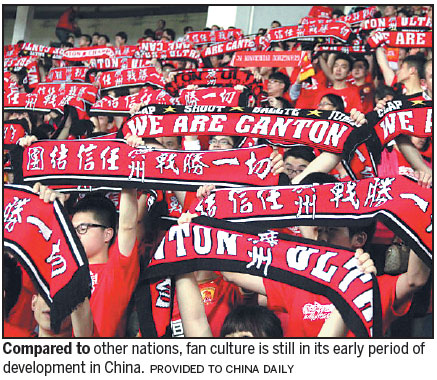
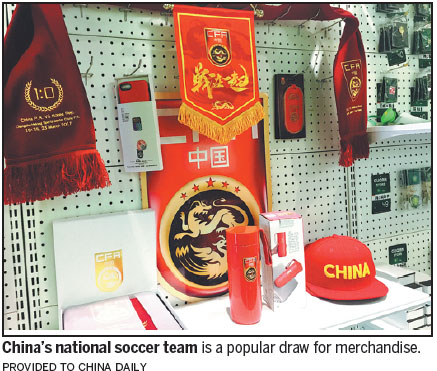
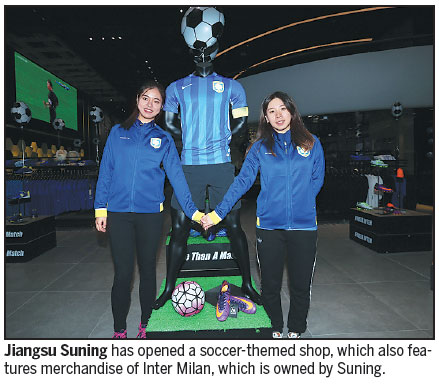
(China Daily 07/27/2017 page22)







